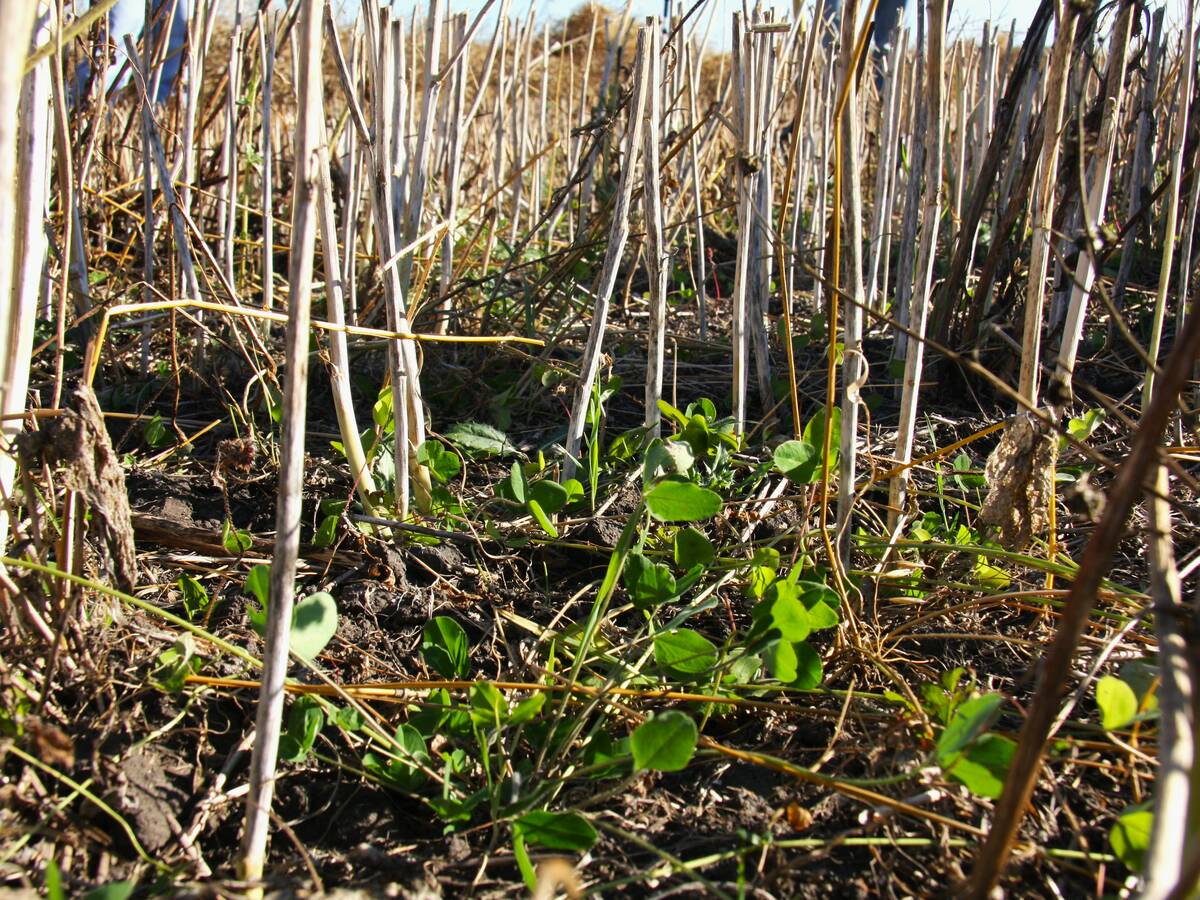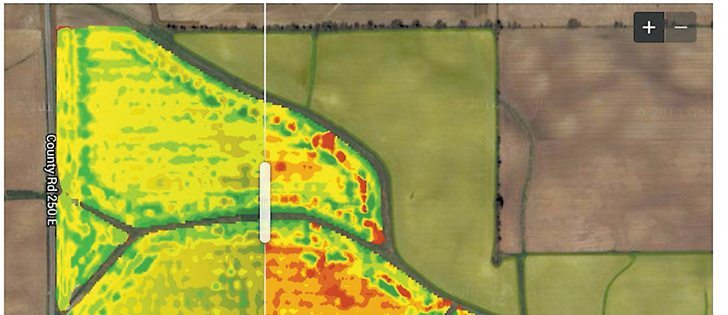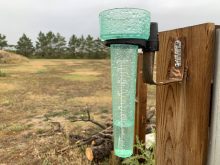The data gathering network operates in the U.S., but company says it hopes to move into Canada next year
NEW ORLEANS, La. — A new agronomic network is processing and aggregating precision agriculture data and giving the results back to growers.
Farmer Business Network (FBN) collects data from more than 2,000 farms in 28 states so that growers can see how they stack up on price, profitability and agronomic performance compared to other growers.
“What we’re doing is a very old thing in a new way,” said company co-founder Charles Baron.
“The old thing is farmers talking to each other.”
However, instead of sharing stories and advice on coffee row, farmers now sharing data from 23 crops grown on seven million acres of farmland across the United States.
Read Also

Saskatchewan project sees intercrop, cover crop benefit
An Indigenous-led Living Lab has been researching regenerative techniques is encouraging producers to consider incorporating intercrops and cover crops with their rotations.
“The whole system gets smarter with each new grower,” he said.
The data is not sold. Instead, it is shared equally among all members. Farmers pay US$500 per year to belong to the network, regardless of the size of their operation.
FBN was launched last year and is growing at a rate of 250,000 acres a week. The goal is to move into Canada next year.
“We must get a request every day or every couple of days from Canadian growers,” said Baron.
“It is immediately applicable up in Canada, so we’re very eager to come up there.”
Growers can analyze data gathered from their own farms to see which varieties are yielding the best or what is the most effective plant population density for a crop.
They can also look at aggregate data about the performance of thousands of varieties grown across the country.
Farmers can compare performance by state, soil type and crop rotation to benchmark how they are faring compared to their neigh-bours.
Farmers can see how seeding dates, population density, precipitation levels, rotations and soil temperatures affect yields in their area.
The network also allows growers to compare how crops responded to different fertilizer application rates.
Another popular feature is comparing what other farmers paid for crop inputs in the surrounding area.
Baron said one farmer in Minnesota discovered he was paying 44 percent more for his glyphosate at the same retailer as another farmer in the state.
“How can that possibly happen? The only way that can happen is imperfect information between those two farmers,” he said.
“We can help make the system much fairer for farmers.”
Growers can use the pricing information to negotiate with their local supplier, or they can buy product through FBN’s procurement program.
“We can provide a single price nationwide for a product that may have had dozens of prices around the country, and the farmer had no idea if they were getting a fair market price,” said Baron.
The same goes for seed. FBN studied the return on investment for 25 farmers in one region and discovered that the most common seed purchased in the area was the least profitable.
There was a $120 per acre difference between the most common variety and the most profitable variety, which prompted FBN to ask growers why they were buying the popular variety.
“The answer was, ‘they had these great sales programs where I got an elk hunting trip to Montana,’ ” said Baron.
















